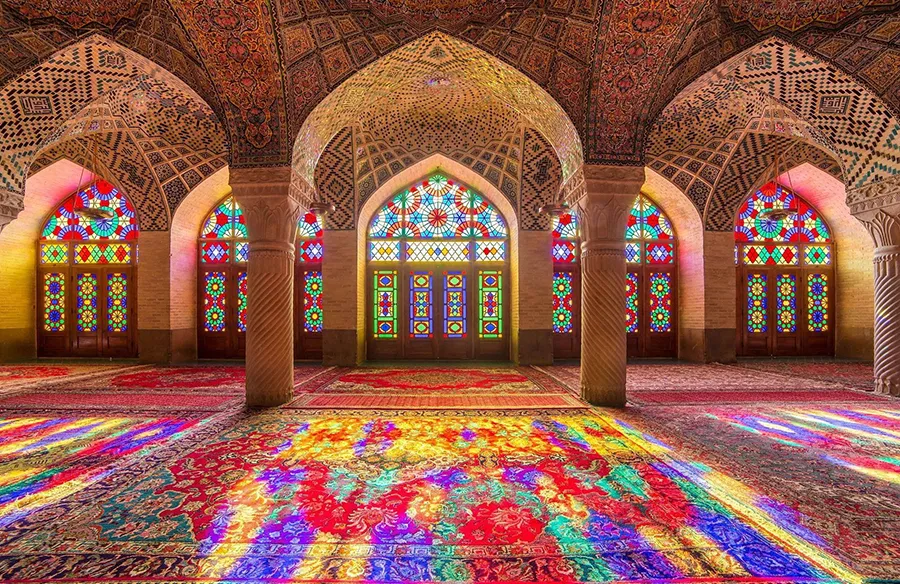
The contention over the permissibility of imagery, including photographs, within Islamic discourse stems from a historical underpinning deeply rooted in the religion’s early efforts to distinguish itself from polytheistic practices and to avert the risk of idolatry, which is the worship of objects or images, including those of prophets or deities. This caution against images has often been interpreted as a blanket prohibition, particularly based on certain Hadiths (sayings of the Prophet Muhammad) that discouraged the creation of images of living beings. The argument was that such images could lead to idol worship, drawing believers away from the monotheistic essence of Islam.
However, to address this matter within the context of contemporary society, it is crucial to revisit and re-evaluate these interpretations in light of the Quranic principle that nothing should be worshipped but God and that nothing should act as an intermediary between a believer and God. In this light, pictures, whether they are photographs of family or artistic paintings, do not inherently violate this principle unless they are used for the purpose of idolatry. The intention behind creating or displaying an image becomes paramount in this discussion.
We live in a digital age characterized by visual media – television, internet, smartphones – making visual representation an integral part of daily life. These tools of communication have transformed the way we perceive images, shifting them from potential idols to mere representations or mediums of expression. In this context, the outright dismissal of images as un-Islamic fails to consider the nuanced ways in which Muslims today interact with visual culture.
The essence of Islamic theology is the absolute oneness of God and the direct relationship between the believer and the Divine, without intermediaries. When images are used simply as decorative items, representations of memories, sources of inspiration, or artistic expressions, they do not infringe upon this foundational belief. They do not assume a role more significant than God in the lives of the believers nor do they act as intermediaries in their spiritual practice.
Moreover, it is essential to place Hadiths within the context of their revelation and consider their application within contemporary society. A literal interpretation of Hadiths without taking into account the circumstances of contemporary life can lead to rigid applications that may not align with the intended flexibility and adaptability of Islamic jurisprudence.
In conclusion, the debate over the permissibility of pictures in Islam should consider the intention behind the creation and use of images, the context of contemporary society’s engagement with visual media, and the foundational Islamic tenet of monotheism and direct divine worship. The nuanced understanding and application of Islamic teachings can foster a more inclusive interpretation that recognizes the role of images in modern life while upholding the core values of the faith.


